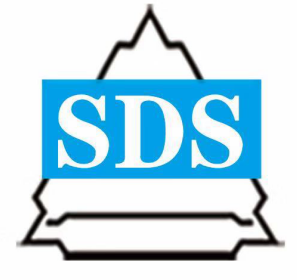Technical Help
Construction of steel fiber reinforced concrete surface
Mix proportion construction: the content of steel fiber and the thickness of concrete can be adjusted by the design institute according to the load requirements of the foundation and terrace (CECS 38: 2004). The rest of the cement, sand, aggregate, and water consumption shall be determined by the construction unit.
Feeding and stirring of steel fiber
1. The amount of each feeding should be strictly measured
2. Pay attention to the fact that steel fiber cannot be put into mixing before other materials are put into the hopper. Check whether the steel fibers are stirred evenly after two minutes of ordinary stirring. If two steel fibers are bonded together, continue stirring until the steel fibers are completely dispersed into a single one (stirring usually takes 3 to 5 minutes).
3.When forced stirring is used, the stirring time takes about 25-45 seconds, and the specific time should be determined according to the stirring equipment and stirring method.
4.When mixing on site, the volume of the mixer truck shall not be more than 6 cubic meters.
Construction process Industrial floor
Foundation treatment → mixing steel fiber and concrete in rows → pouring → surface leveling and polishing → cutting seam → maintenance
Tunnel construction
Rock surface cleaning → mixing steel fiber and concrete in rows → spraying → curing
Setting and construction of expansion joints
1. The concrete of the contraction joint floor shall be poured every 4.5 meters wide according to the column spacing of 9 meters, and the contraction joint shall be cut when the concrete is poured for 6-8 days and its strength reaches 12MPa. When cutting, use a cutting machine to cut cadmium flat seam every 9 meters along the longitudinal direction. The cutting depth is 5mm, the seam width is 3-5mm, and the seam is filled with flexible materials.
2. Stretching joints Polystyrene foam board with a thickness of 20 mm is filled in the expansion joints set on one side of the wall body with four axes in the length direction and two axes in the width direction of the workshop to prevent the concrete deformation from being hindered due to temperature changes. At the end of the floor, the lower part of the outer wall is pasted with curved plastic kickboards to conceal the seam and achieve beautiful results.
 English
English 한국어
한국어 français
français Deutsch
Deutsch русский
русский português
português العربية
العربية tiếng việt
tiếng việt ไทย
ไทย Polska
Polska Nederland
Nederland